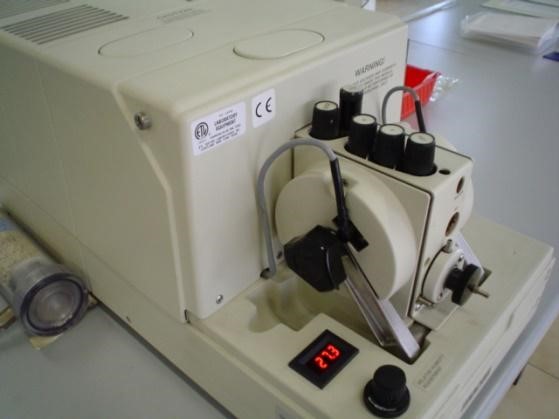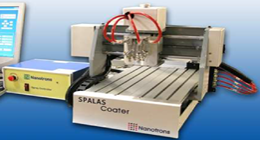Permeability analysis
Structural & Morphology Characterization (Surface/overlayer/interface characterisation)
Vapour and gas sorption (low pressure measurements) can be performed in a wide variety of materials including polymer, nanocomposites and hybrid materials, porous materials, carbon based materials, and ceramics. The studies can be carried out using at low pressure gravimetric systems (2 units IGA systems, Hiden Isochema, 2 homemade units of gravimetric systems based on CI precision microbalances). In addition, high pressures studies up to 200 bar can be performed using both gravimetric systems (Rubotherm magnetic balance – 2 units, VTI sorption analyser, HyEnergy). The systems can be used for the measurements of both the adsorption isotherms and the kinetics of adsorption, in order to calculate kinetic and thermodynamic parameters such as diffusion coefficients.
On the other hand, water vapor, oxygen and gas permeabilities can be measured to evaluate the separation and the barrier performance of various types of membranes including polymerics, mix-matrix, ceramic and carbon ones. Single as well as mixtures of gases can be measured in order to evaluate also the selectivity of the membranes in specific separations.
Water vapor, oxygen and carbon dioxide permeabilities are measured to study the barrier and ultra-high barrier properties of polymers, composites and nanocomposites. Small amounts of water vapour, oxygen and carbon dioxide molecules can be detected and measured in several temperature and humidity conditions.
Diffusion kinetics of active compounds from polymer matrices to liquid surrounding media. Studies, performed by using High Pressure Liquid Chromatography or UV-Vis spectrophotometer, are devoted to identify and modelling the mechanisms responsible for drug release such as diffusion-controlled, chemically-controlled or swelling-controlled systems.







